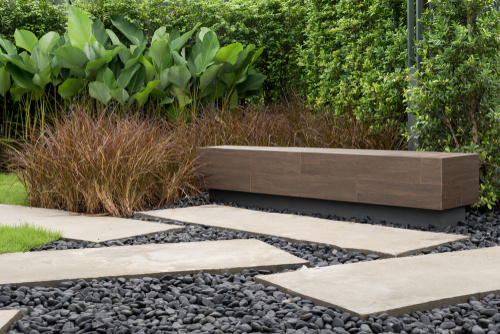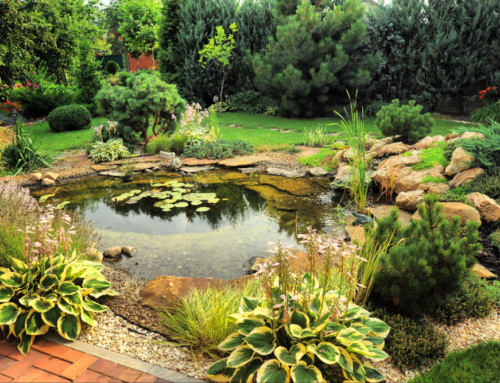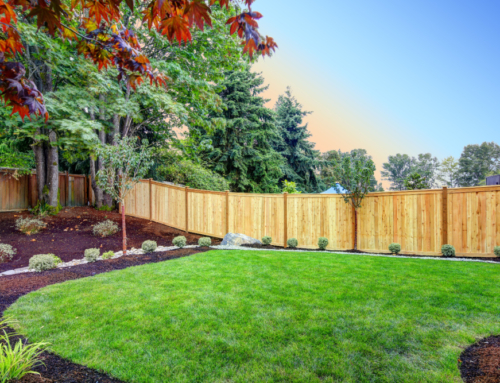Modern garden designs are noticeably different from the tacky, showy affairs of the past decades. Nowadays, more emphasis is on low-maintenance costs, drought-resistant plants, and creating a natural feel.
Basically, most homeowners want a garden they can manage without having to hire a gardener. Moreover, it should also be enduring and dynamic enough for the entire family to play, work and relax.
In this regard, landscape designers are often requested to create designs that are in harmony with their clients’ home styles. This is especially true for clients who live in their own homes, where they want to stamp their personal themes. Popular home garden designs include:
Upgrading Outdoor Spaces
Traditionally, garden landscaping projects were done in backyards. Due to increased urbanization, landscape designers are now tasked to work on balconies, terraces and roofs.
While small upgrades are the cheaper alternatives, large-scale renovations are more efficient and effective. Notably, to effectively upgrade and improve outdoor spaces, it is important for both client and designer to agree on the desired effect, and ensure proper planning. Any gaps in communication or poor planning could prove disastrously expensive
Efficient Water Use
With a lot more people living in urban areas, there’s increased demand for a garden design that incorporates efficient water usage. If you look at the landscape design trends in major cities like New York and London, you’ll notice there’s increased focus on rainwater harvesting.
This may be influenced by the desire to reduce water bills, which are pretty high in major cities. Of course, the use of rainwater is also in line with the need to have eco-friendly gardens and minimize resource wastage.
Need for Privacy
Homeowners, particularly in densely populated urban areas, are increasingly conscious of their privacy. This is reflected in the rising use, and demand for bamboo screens, climbers, hedgerows and other garden privacy solutions.
New Materials in Pathways
A lot of landscape designers have been using new materials such as pavers and gravel in driveways, patios, and pathways. For most customers, such efforts are welcome, not only because they go against the norm, but also because they reduce costs.
Less Lawn
Lawns require regular mowing and watering, something most homeowners don’t have the time or willingness to do. Hence, contemporary landscape designers are progressively looking for ways to reduce lawn space.
Popular solutions include planting ground covers, deciduous shrubs, and artificial meadows. These require fewer resources (water, energy, etc) than lawns and further enhance the aesthetics of the garden.
The Use of Native Plants
Concerted efforts by the U.S government and environmental lobbyists have brought about increased demand for native plants. These are basically plants and vegetation that are naturally found in a certain area. Some advantages of native plants include minimal need to water, fertilize and maintain them.
Therefore, landscape designers should learn the native plants of their immediate regions, in order to choose the most appropriate species for home gardening.






